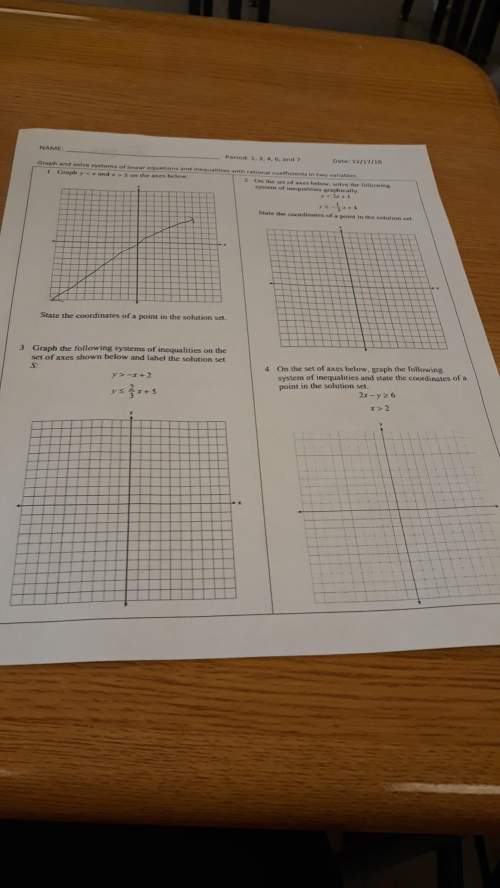
Mathematics, 06.09.2019 22:30 victoria1831
In this question we reconsider the si epidemic model allowing the infectious contact rate to be a function of time. the model equations are di = -bsi s(0) = si, i (0) = ii, 8si b = bo (1.5 +1.4 cos (356)] (a) consider the equation y= a + b cos (wt). what is the physical meaning of the parameters a, b, and 12? (b) in our definition of the infectious contact rate what is the significance of the term 27/365? (c) why might the infectiour contact rate vary in a periodic manner? (d) plot b/bo as a function of time. (e) reduce the system of equations to a single differential equation for the rate of change of the number of susceptibles in the population. solve this differential equation to find the number of susceptibles as a function of time. express your answer in terms of the initial number of infectives in the population - not the initial number of susceptibles in the population. (f) consider the parameter values li = 200, k = 30,000 individuals, bo = 0.4 x 10-6 individuals - 1 day-1. (i) plot the number of susceptibles as a function of time (0

Answers: 1


Another question on Mathematics

Mathematics, 21.06.2019 15:20
(a) (8%) compute the probability of an even integer among the 100 integers 1! , 2! , 3! , until 100! (here n! is n factorial or n*(n-1)*(n-2) *… 1) (b) (16%) compute the probability of an even integer among the 100 integers: 1, 1+2, 1+2+3, 1+2+3+4, …., 1+2+3+… + 99, and 1+2+3+… + 100
Answers: 1

Mathematics, 21.06.2019 17:00
The sum of the reciprocal of a positive number and the reciprocal of 2 more than the number is 3/4 equation: the number is
Answers: 2

Mathematics, 21.06.2019 22:00
Non-euclidean geometry was discovered when, in seeking cleaner alternatives to the fifth postulate, it was found that the negation could also be true a. true b.false
Answers: 1

Mathematics, 21.06.2019 22:30
Given the system of equations presented here: 2x + 4y = 14 4x + y = 20 which of the following actions creates an equivalent system such that, when combined with the other equation, one of the variables is eliminated? multiply the second equation by â’4 to get â’16x â’ 4y = â’80 multiply the second equation by â’1 to get â’4x â’ y = â’20 multiply the first equation by 2 to get 4x + 8y = 28 multiply the first equation by â’1 to get â’2x â’ 4y = â’14
Answers: 1
You know the right answer?
In this question we reconsider the si epidemic model allowing the infectious contact rate to be a fu...
Questions

Social Studies, 21.09.2019 09:10

Chemistry, 21.09.2019 09:10





English, 21.09.2019 09:10



English, 21.09.2019 09:10


Social Studies, 21.09.2019 09:10

Business, 21.09.2019 09:10

Health, 21.09.2019 09:10

Mathematics, 21.09.2019 09:10



Mathematics, 21.09.2019 09:10

Chemistry, 21.09.2019 09:10

Social Studies, 21.09.2019 09:10




